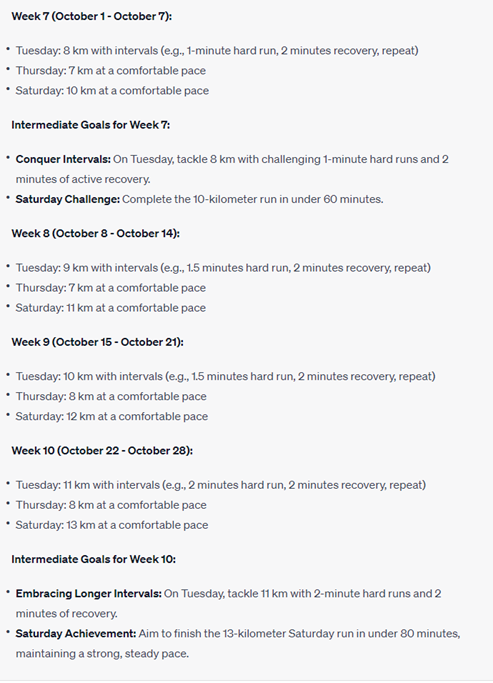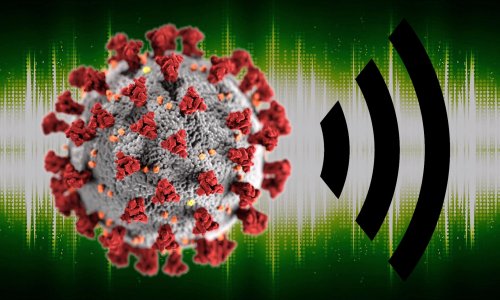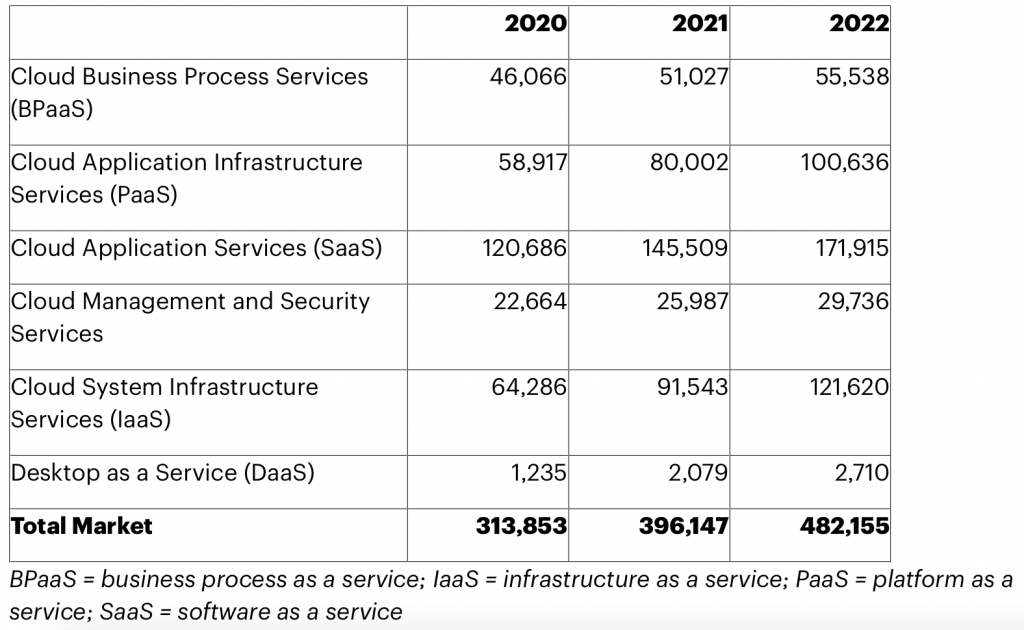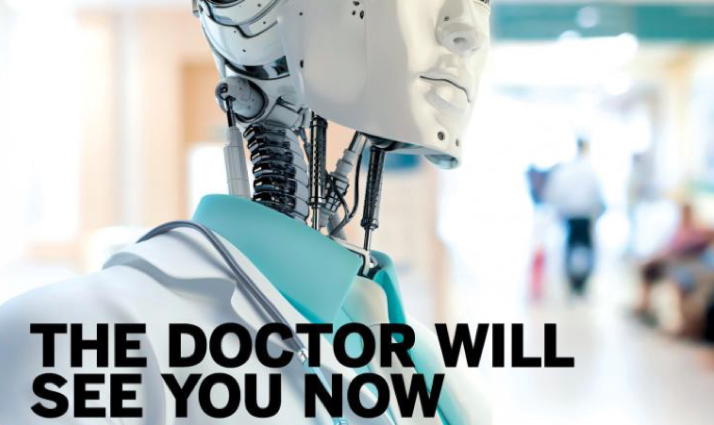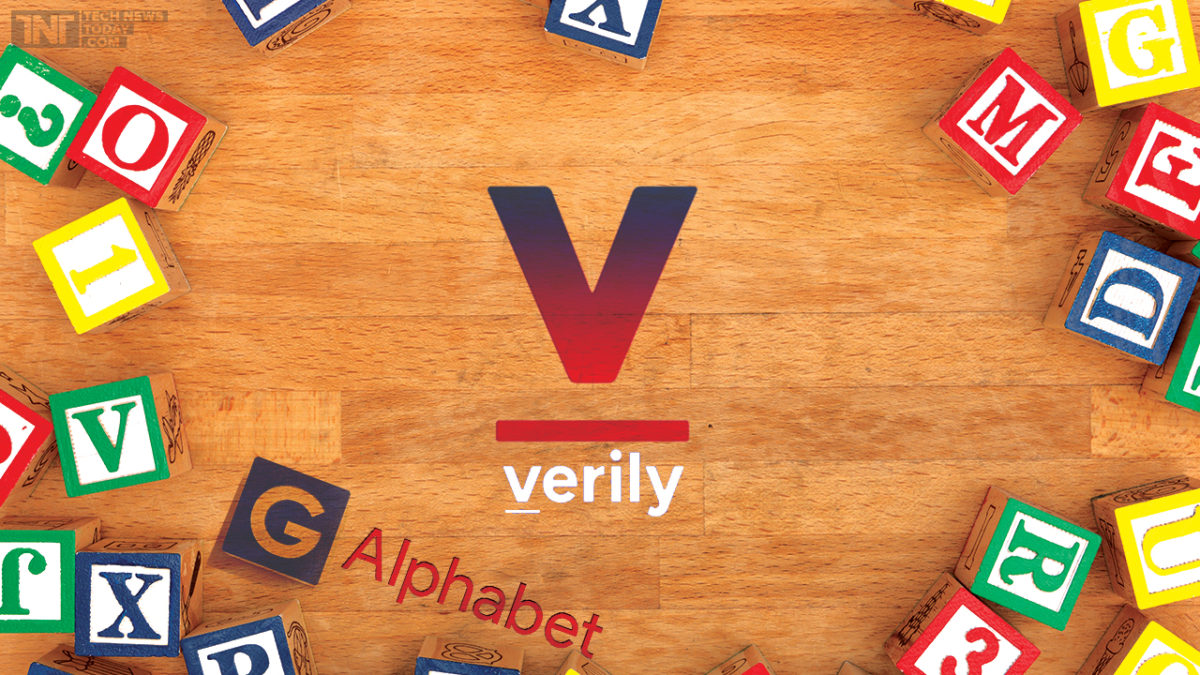The presentation in our lecture of how AR glasses can help hearing impaired persons communicate better with their peers really inspired me to look into further cases where technological innovations have improved the quality of life for others – with a focus on visually impaired persons. Being able to “see” ones environment and interacting with it is a huge contribution to independence, which leads to a better quality of life. I would know, as I am completely dependent on my glasses!
I have compiled a few examples that I found very interesting – however there are many more out there!
Envision Glasses
Envision Glasses are AI powered smart glasses that use ChatGPT, Google glass Hardware, 5G connectivity to allow blind people to read printed text and process visual information by converting speech to text. While this Amsterdam based company was mentioned (but not yet discussed in class) I still wanted to highlight it here anyway, as their technology is really impressive. (Wie, 2023)
HearSee Mobility
HearSee takes a well known aid to the visually impaired – a cane – and improves it by using navigation tools to help the blind navigate to their destination. The users can press a button and say “Navigate to XY”. The cane sends signals to an App which in turn gives the user audible instructions on how to get to their destination. (Johnson, 2022)
.Lumen
This German start-up claims they “digitized” the guide dog that pulls blind people safely through different environments. The device, which is worn like a headband, scans and maps the surrounding area by using the same tech that self driving cars are using. If the glasses detect an obstacle, they send haptic feedback to the user, thereby “pulling” them away, just like the guide dog would. (Acces Tech Live, 2024)
Closing thoughts
Seeing how much development is already happening makes one optimistic about the future. I think it is especially fascinating that these technologies all tackle the same task (helping the visually impaired) very differently using different tech and hardware, giving users the freedom to choose what would best help them. As mentioned above, this list is by no means exhaustive and I can only encourage anyone to look up some of the amazing products that are being developed.
I wrote this blog post before knowing that we would be having a guest lecture from Envision glasses – I am really looking forward to the next lecture now, especially to see how my impression and the impression of my colleagues of this type of innovation will be in real life!
Resources used:
Access Tech Live. (2024, February 26). .Lumen Access Tech Live Talks Lumen Glasses for the Visually Impaired [Video]. YouTube. https://www.youtube.com/watch?v=lFkCkACbrJw
Johnson, M. (2022, July 1). Three Technologies For The Visually Impaired. Forbes. https://www.forbes.com/councils/forbestechcouncil/2022/07/01/three-technologies-for-the-visually-impaired/
Wie, W. (2023, December 15). Envision glasses use ChatGPT and Google Glass to help blind and low vision [Video]. Business Insider. https://www.businessinsider.com/envision-glasses-chatgpt-google-glass-help-blind-visually-impaired-2023-12?international=true&r=US&IR=T
All images used in this blog post were generate by ChatGPT




